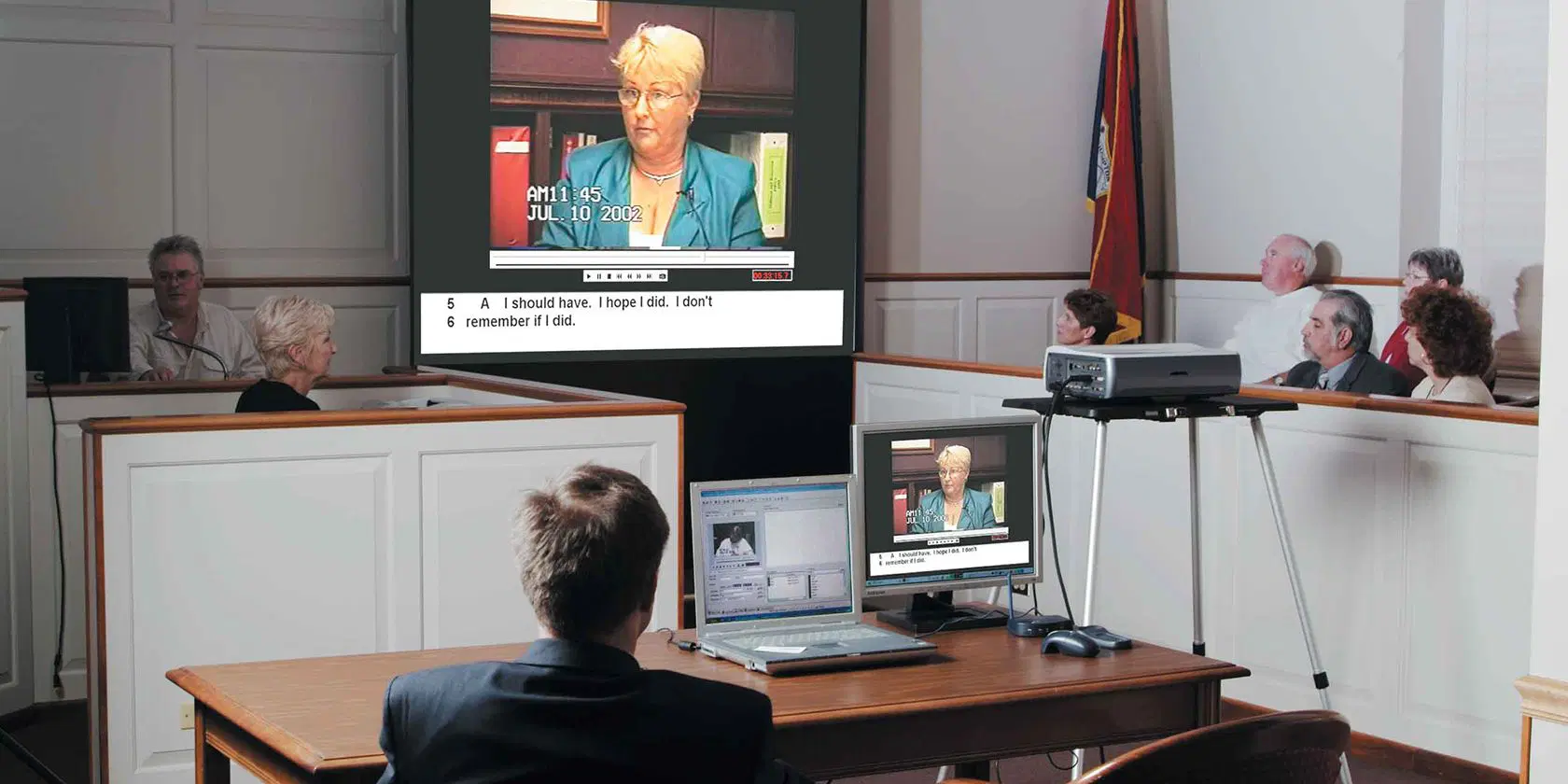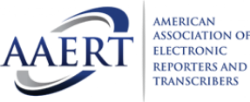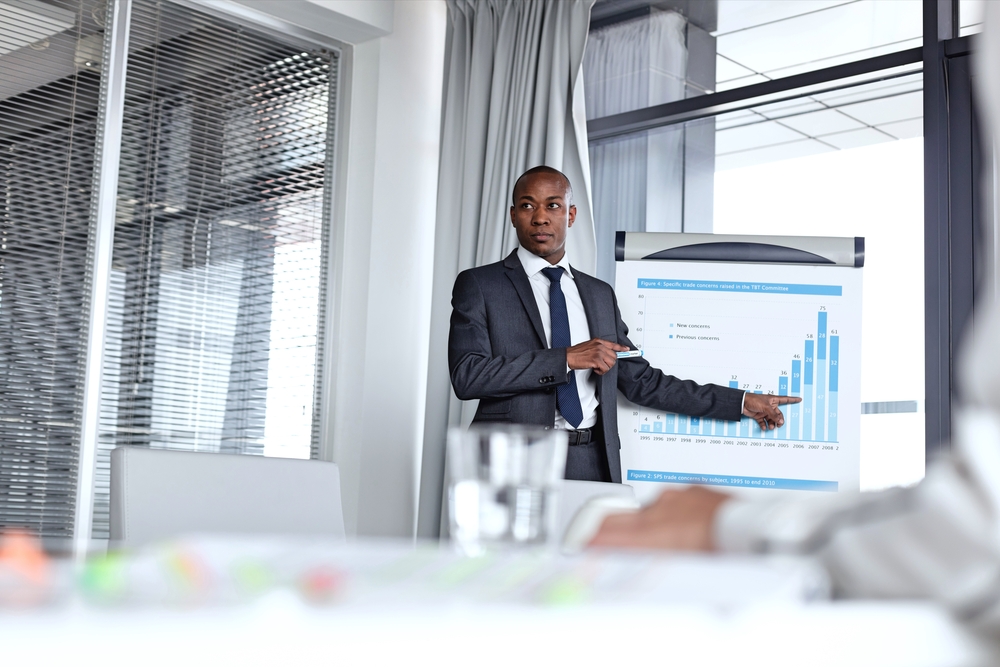Enhancing Your Legal Method With Specialist Test Presentations
In today's legal landscape, the importance of expert trial presentations can not be overstated. By changing thick lawful principles right into appealing stories, specialists can boost juror understanding and retention.
Significance of Test Presentations
Trial presentations offer as an essential aspect in the legal procedure, efficiently linking the space in between complicated lawful disagreements and juror comprehension. The capability to distill detailed legal concepts into obtainable narratives is vital for jurors, who have to make enlightened decisions based upon the evidence presented. A well-crafted presentation not only clarifies the situation but likewise boosts the persuasiveness of the disagreement, inevitably influencing the court's perception.
In a period where attention periods are restricted, the value of engaging visuals and clear interaction can not be overstated. Test presentations offer to record jurors' passion and preserve their focus, enabling for a much deeper understanding of the realities and lawful concerns available. Moreover, they give an organized structure that arranges the instance, facilitating rational circulation and comprehensibility.

Key Elements of Effective Presentations
An efficient presentation in a court establishing hinges on a number of vital components that collectively improve its effect. Lawyers have to boil down complex legal disagreements into succinct, quickly absorbable factors to guarantee jurors grasp the core problems.
Aesthetic help play an essential function also, as they can considerably enhance crucial messages. Efficient use of exhibits, graphes, and diagrams can make clear intricate information and emphasize important facts. Additionally, the speaker's distribution style is important; confident, engaging interaction promotes reputation and keeps jurors' interest.
Lastly, understanding the target market is vital. Tailoring the presentation to the jurors' histories and values can foster a connection that boosts understanding to the disagreement. In summary, quality, narrative framework, visual aids, shipment style, and audience recognition are important to crafting an efficient court presentation that resonates with jurors and sustains the overarching lawful approach.
Innovation in Trial Presentations
Modern court rooms significantly integrate technology to enhance test discussions, developing on the foundational components of reliable communication established via clear messaging and interesting narratives. The unification of audio-visual aids, such as high-definition projectors and interactive display screens, enables lawful teams to existing proof in a more engaging manner. This modern technology not only captures the court's attention yet also assists web in a better understanding find more info of complicated information.

Digital devices, consisting of discussion software program and electronic exhibition administration systems, streamline the organization and access of proof (trial presentations). Lawyers can quickly reference records, pictures, and video clips, ensuring that crucial details is readily accessible during the trial. Additionally, making use of animations and simulations can clearly show crucial ideas, making them easier for jurors to understand
Moreover, court innovation advertises collaboration among legal professionals, enabling real-time modifications to presentations based on jury reactions or unexpected developments. The ability to adapt on the fly is crucial in preserving involvement and reinforcing arguments. As innovation remains to develop, its function in trial presentations will most certainly increase, offering ingenious methods to communicate successfully and persuasively in the search of justice.
Narration Techniques for Effect
Efficient narration strategies are essential in providing impactful trial discussions, as they change intricate lawful disagreements right into relatable narratives. A well-crafted story captivates the audience, making it less complicated for jurors to recognize and bear in mind key points.
To produce a compelling narrative, attorneys ought to concentrate on establishing a clear framework with a beginning, center, and end. The start ought to introduce the case context and its significance, while the center elaborates on the core use this link issues, weaving forthcoming and witness testaments that support the debate. Conclusively, the finishing need to strengthen the intended message, driving home the preferred result.
Furthermore, incorporating emotional components can considerably enhance the story's impact. By humanizing the case, lawyers can stimulate compassion, enabling jurors to attach directly with the truths provided. Utilizing dazzling imagery and anecdotes can likewise help in showing complicated motifs, making them much more substantial and remarkable.

Tips for Implementation in Court
Applying narration techniques in court needs careful planning and implementation to ensure that the narrative reverberates with jurors. Begin by determining the core message of your case and straightening it with the emotional and valid aspects that will certainly engage the court. Create a clear and compelling narrative arc that consists of an introduction, a development of problem, and a resolution.
Make use of aesthetic aids to improve storytelling; exhibitions, timelines, and multimedia presentations can help highlight complicated principles and maintain juror interest. Practice your distribution, making sure that body language, tone, and pacing follow the emotional weight of your tale.

Conclusion
In verdict, professional trial discussions play an essential role in boosting lawful methods by successfully connecting complex disagreements to jurors. The assimilation of aesthetic help, clear stories, and psychological storytelling fosters juror engagement and comprehension.